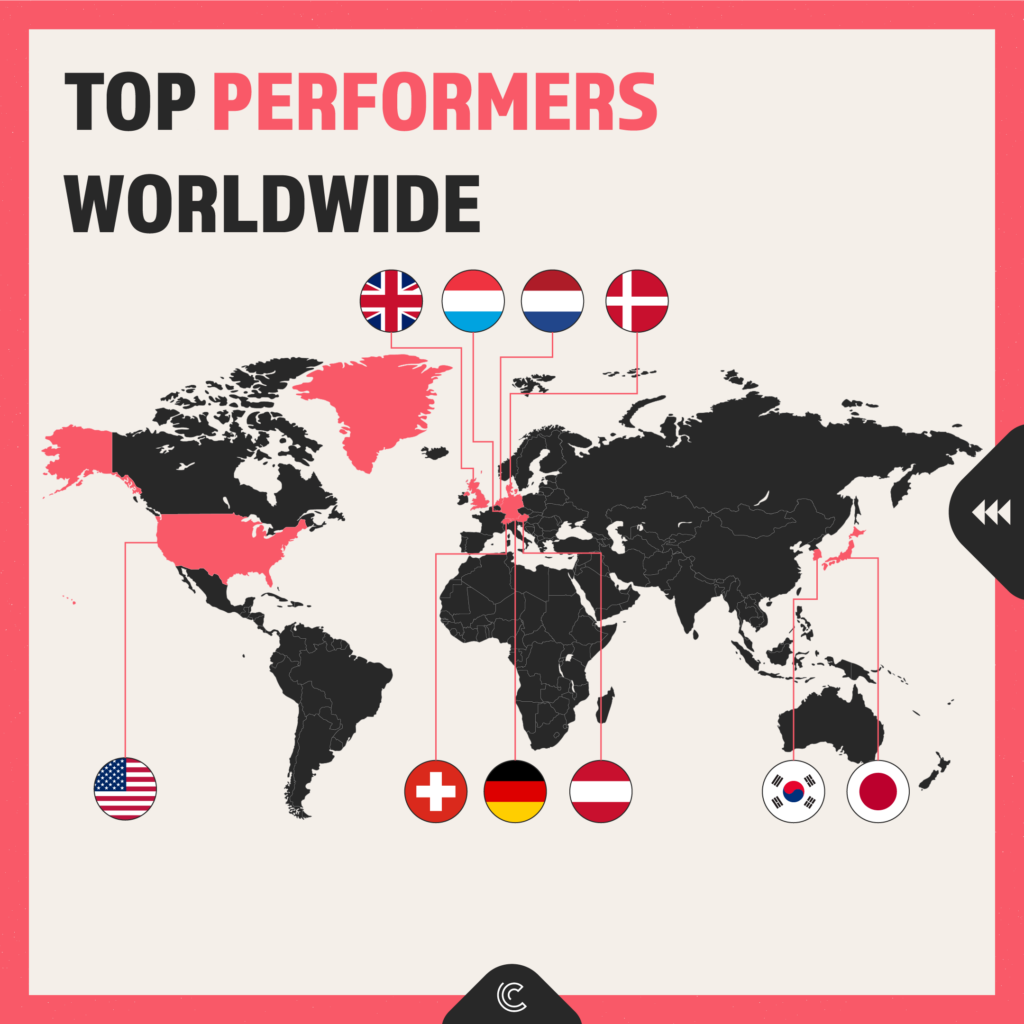Time efficiency in healthcare varies widely. Some countries have streamlined their systems, optimizing both patient and medical staff time, while others struggle with inefficiencies, outdated processes, and unnecessary frustrations. Some systems strike a balance, offering both strengths and weaknesses.
Post-pandemic backlogs remain severe, with wait times continuing to rise in certain healthcare systems. Initial estimates suggested clearing these delays would take a few years, but new projections indicate it could take a decade. Longer wait times lead to worse health outcomes, as delayed care increases both chronic illness and mortality rates.
Trust in healthcare is also declining. Public confidence in medical institutions has reached its lowest level in decades, with many people delaying treatment due to skepticism. Bureaucracy further hinders progress, slowing digital adoption and preventing necessary reforms. Without modernization and better integration of services, inefficiencies will persist, exacerbating healthcare challenges.

We ranked twenty of the top healthcare systems worldwide to help consumers and policymakers understand the time management issues their home countries might face and what can be learned from better-performing entries. Our evaluation covers seven key areas, including appointment wait times, travel to care, and medication access. By controlling for economic and social factors, we focused solely on differences in healthcare provision and insurance models.
This second edition expands the analysis with ten new countries and refined scoring for better cross-country comparisons. Our methodology incorporates academic research, reports from organizations like the OECD and EU, online data, and independent research.
No country achieved the maximum score of 75 points, leaving room for improvement even among top contenders. Denmark’s benefits from blister packs remain unclear, and reliable data on new blister pack technology is lacking.
The lowest scorers impose the greatest time costs on patients and exhibit structural issues. Ireland ranks last with 15 points, largely due to slow healthcare digitalization. A 2023 OECD report ranked Ireland worst in digital health policies, and a 2024 survey found 62% of healthcare workers feel “digitally poor.” Wait times are another major issue—while official lists understate delays, full treatment and discharge take an average of 90 days, far above the 49-day median. Travel distances to healthcare facilities and pharmacies further frustrate patients.
Canada ranks second-lowest, with the longest elective surgery wait times (112.4 days) and severe primary care delays (14 days on average). Public dissatisfaction is high, with 73% demanding reform. A better-integrated digital system and more telemedicine could save significant time. Additionally, Canada’s publicly funded system misallocates resources, leading to high costs but fewer medical facilities. A mixed public-private model, like in Switzerland and the Netherlands, could improve service without reducing coverage—69% of Canadians favor such a shift.
In contrast, the top-ranked countries—Denmark, Switzerland, and the Netherlands—prioritize efficiency and private-sector involvement. Denmark minimizes waiting times, with same-day GP visits and elective surgery waits just over a month. Swiss and Dutch systems combine private providers with mandatory insurance, ensuring quick access to care. Other countries could benefit from adopting their strategies.
There are several upsides to choosing one of the top ten countries: less time spent on average appointments for chronic and non-chronic patients, more convenient trips to the nearest hospital or pharmacy, and more benefits from technological innovations in blister packs.
Research note: We strive to improve the quality of this index’s underlying data every year and aim to refine its methodology further. We sometimes face contradictory information, given that different countries measure healthcare indicators differently.
Our assessments are strictly quantitative and non-normative. Our aim is to highlight measurable conclusions based on the data available at the time of this index.

Research Director
We will, from time to time, keep you updated on new and troublesome regulations in your country and ways that you can help use fight them. Don’t worry, being a member is always free!